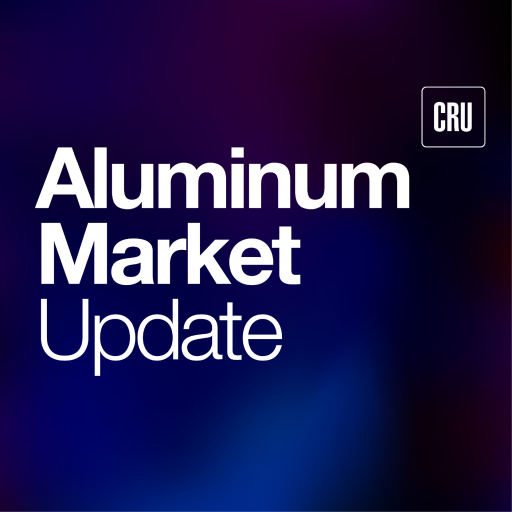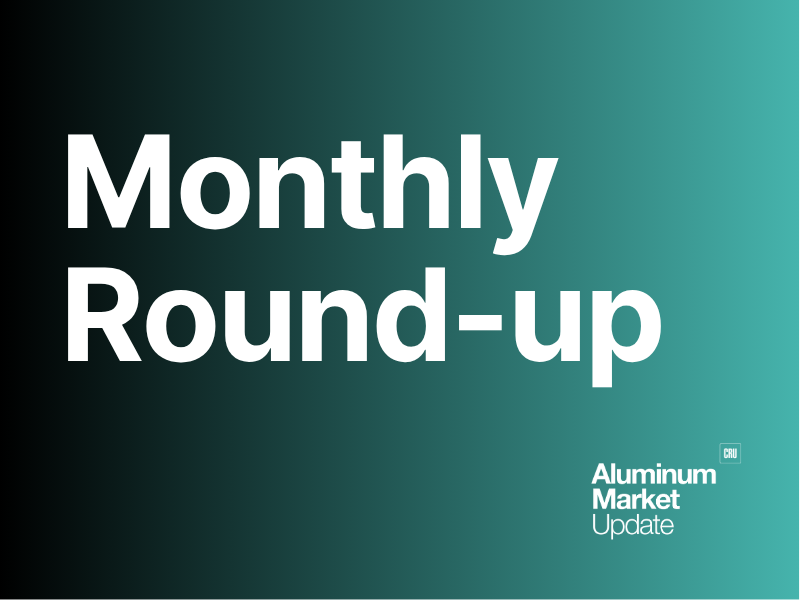Global Trade

September 2, 2025
LME contangoes: Why they may or may not matter
Written by Greg Wittbecker
Anyone who follows the metal media can’t fail to notice the market’s fixation with the LME contango or backwardation that may be in effect at the time. These are the so-called “spreads” that prevail between the LME cash price and the LME 3-month price.
Presently, the high-grade aluminum contract is in a $6 per metric ton ($/t) backwardation, which means the cash price is trading at a $6/t premium to 3-month settlement. The values for the other months inside the forward 3-month period (as shown in the table below) are either in backwardation or narrow contango as well:
| Prompt date or key settlement date | Settlement price ($/t) | Spread condition to prior period |
| Cash settlement | $2,614 | |
| Sept. settlement (Sept. 17 – 3rd Wed. key date) | $2,613 | $1.00 backwardation |
| Oct. settlement (Oct. 15 – 3rd Wed. key date) | $2,609 | $4.00 backwardation |
| Nov. settlement (Nov. 19 – 3rd Wed. key date) | $2,610 | $1.00 contago |
| 3-month settlement (Dec. 1) | $2,608 | $6.00 backwardation |
| Dec. settlement (Dec. 17 – 3rd Wed. key date) | $2,615 | $5.00 contango |
Why does this matter?
People engaged in selling downstream, physical aluminum are tempted to ask, “Why do I really care about these spreads?”
Many downstream sectors of the aluminum markets are not reacting to these spreads on a daily basis or even, in some cases, on a weekly basis. However, the relative value of LME prices over time does eventually influence physical prices, which do impact the downstream market.
Contangoes or lack thereof, eventually have to be priced into the physical market. We will expand on this below.
Why are LME spreads so volatile?
The simple answer as to why LME spreads are volatile is that they are a function of the imbalance between the volume of financial transactions and the timing of where these transactions are placed on the calendar.
Day in and day out, physical and financial players place trades into the LME, typically on the 3rd Wednesday settlement date of each month.
For example, a large beverage company may decide to hedge their price risk on 12,000 metric tons (t) of metal for 2026 by buying LME contracts. They would buy 1,000t each month of 2026, with the settlement date being the 3rd Wednesday of each respective month.
Conversely, a Middle East producer might decide they want to protect against downside risk for 2026 on 24,000t of metal. They sell 2,000t each month for 2026, with the settlement dates also placed on the same 3rd Wednesday of each month.
In this simple example, we have 12,000t being bought for 2026 and 24,000t being sold for 2026, leaving a net short of 12,000t for the year.
These types of transactions take place thousands of times each year, creating LME positions of varying size every month… and this is the “fuel” for volatility in the spreads. The LME trades an average of 5.3 million metric tons PER DAY.
Astute financial and physical traders follow the positions going through the LME using published datasets that show outstanding positions in aggregate for given months. These datasets do NOT disclose individual positions but only net positions.
These traders will look for imbalances in these net positions, typically when there are large short positions. This creates the opportunity to “squeeze” the market by either buying outright long positions opposite these short positions or by trading the relationship between given months.
I don’t want to give you a migraine headache trying to explain all the nuisances of spread trading, but to simplify: when traders see a short position in a given period, they will “borrow the spread.” This means they buy the nearby month and sell the forward month, under the belief that the nearby month will appreciate in value relative to the forward month.
This act of “borrowing” has been aggravated by the relatively low level of aluminum stocks on the LME or parked off-exchange that could be delivered into the LME. At present, the LME has about 481,000t of inventory.
Let’s put that into perspective.
Daily LME trading volume is 5.3 million tons, and the stocks are 481,000t of inventory. That means daily traded volume is roughly 11 times larger than the stocks available to back it.
It should be emphasized that virtually all LME trades are settled financially. The ratio of trade-to-available stocks requires that it be so… and this where the fiction begins and ends with these spreads.
What’s going on now and how will this impact my physical market?
The LME is currently experiencing a high imbalance of nearby short positions, and a handful of traders are taking advantage of that by borrowing the spreads and squeezing the shorts. The shorts will get out, but they will pay for it in the form of an increased backwardation to escape.
Backwardations are not welcome to anyone holding inventories and trying to use the LME to finance it.
In “normal” times, when inventories are high(er), the LME will build in contangoes to incentivize the market to carry those inventories. The month-to-month contango will be a function of estimated storage and financing costs for the money.
Holders of inventory can hedge by selling forward LME contracts at progressively higher month-on-month prices to cover their costs.
That’s the way it is supposed to work. The current situation does not allow that.
Backwardations in 2025 and/or narrow contangoes are NOT allowing holders of inventory to use the LME to finance their stocks. What do they do?
Classic theory says that if the LME won’t finance your stocks, you will sell them off. We have seen this before. However, the current U.S. physical environment does not suggest that outcome.
Physical stocks are getting low in the U.S. There is growing sentiment that the Midwest premium has to go up to full replacement cost of the 50% tariff. Holders of stocks are therefore loath to dump their inventories because they believe premiums are going to appreciate.
How do they compensate for the lack of LME contango?
The smart traders create an “artificial contango.” If the LME won’t cover their direct financing costs, the traders cover the cost by raising their forward physical premiums.
For example, if financing costs are 0.5 cent per pound (¢/lb) per month, the trader raises their premium offers by 0.5¢/lb per month to compensate.
The same practice applies in scrap, which is trading at a discount to P1020. Each month, the trader narrows the discount for the scrap to cover the financing costs.
Why this matters
This discussion of LME spreads may have given you that migraine I was trying to avoid.
But the important takeaway is that LME backwardations or lack of contago do not necessarily mean traders will be out of financing options. Current tightness in P1020 and value-added products will drive traders to re-create contango conditions by raising their premiums in future months.
All this adds to the already bullish Midwest premium outlook.







